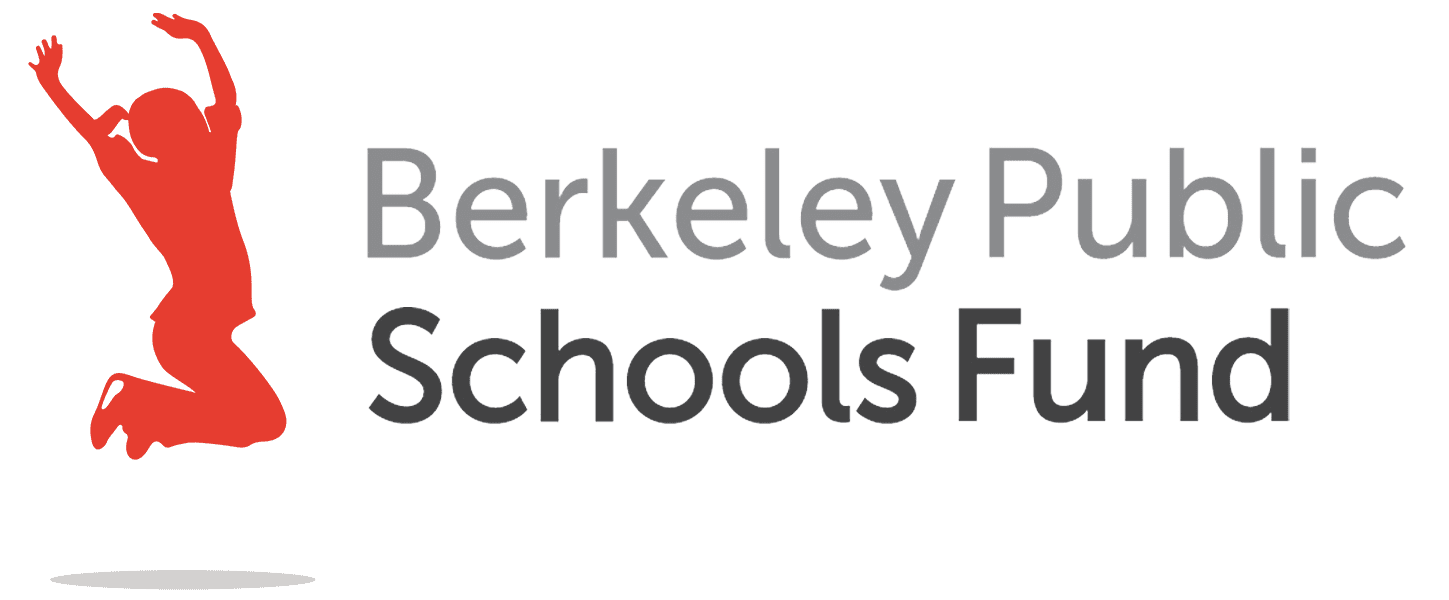 The Berkeley Public Schools Fund champions equitable public education for students, families and our community. Guided by our Theory of Change, the Schools Fund is committed to creating just and thriving public schools for students of all identities and life experiences.
The Berkeley Public Schools Fund champions equitable public education for students, families and our community. Guided by our Theory of Change, the Schools Fund is committed to creating just and thriving public schools for students of all identities and life experiences.
What does the Schools Fund mean by equity?
The Schools Fund embraces a systems-change definition of equity originally crafted by the Urban Strategies Council:
Equity is fairness and justice achieved through systematically assessing disparities in opportunities, outcomes, and representation and redressing [those] disparities through targeted actions.
Within this broad definition, the Schools Fund supports the whole district by sending resources to areas of greatest need (“equity gaps”) in the system. We prioritize racial equity because race remains one of the most powerful predictors of success in public institutions today. (1) We also offer direct support to other groups experiencing equity gaps, including English Learners, unhoused and foster students, students with special learning needs, and girls underrepresented in certain fields. Additionally, the Schools Fund will direct resources to students’ families when such resources support the achievement and well-being of the students.
Why is equity important in BUSD?
Berkeley has long received acclaim for its progressive political and social change movements but our local history of redlining, institutional policies, and lack of affordable housing have quietly shaped our school system around the values, priorities and culture of our white student majority. Over time, this has resulted in a racial “achievement gap”(1) that mirrors patterns nationwide but is even more pronounced in our own backyard. (2) For example, BUSD student performance data in English-Language Arts from 2021-’22 indicates a persisting gap between 83% of white students, 53% of Latinx students, and 30% of Black/African American students scoring proficient or above. The racialized disparities in the ’21-’22 mathematics data are even wider, with 74% of white students, 42% of Latinx students, and 19% of Black/African American students scoring proficient or above. Further, when we look beyond academics to other important well-being indicators (such as attendance or school connectedness), similar patterns emerge. (3) These disparities have persisted in spite of years of city-wide initiatives, external funding, and well-intentioned reform.
What is the Equity Work of the Schools Fund?
The Schools Fund helps grow a vibrant and interdependent school community where opportunities and successes are enjoyed by all. We do this through equity grants, volunteer programs and fiscal sponsorships. These programs build on existing innovations and local leadership to bring more and better equity change to BUSD. The Schools Fund collaborates closely with the School District, the City of Berkeley, and a wide range of partners to chart a more equitable course for BUSD students and their families.
The Impact and Benefits of Equity Work in BUSD
The Schools Fund believes that when all students’ socio-emotional needs are tended to and all students are academically engaged in meaningful and culturally responsive ways, everyone benefits.(4) Such benefits include:
- Fewer classroom distractions which translates into more time on task and ultimately, greater academic achievement
- Increased capacity for creativity, problem-solving, and critical thinking (5)
- Reduced racial bias and stereotyping within and across groups (6)
- A collective decrease in anxiety (7)
Further, when such a broader diversity of students successfully graduate from high school and move into the workforce, society-at-large enjoys additional benefits, including increased collaboration (8) and responsiveness within and across teams, and more effective overall strategy.(9)
Consistent with our mission to champion equitable public schools, the Berkeley Public Schools Fund sees our work as a moral imperative to disrupt the inequities built into our current system and to fuel innovation in the strategic redesign of the same.
———


